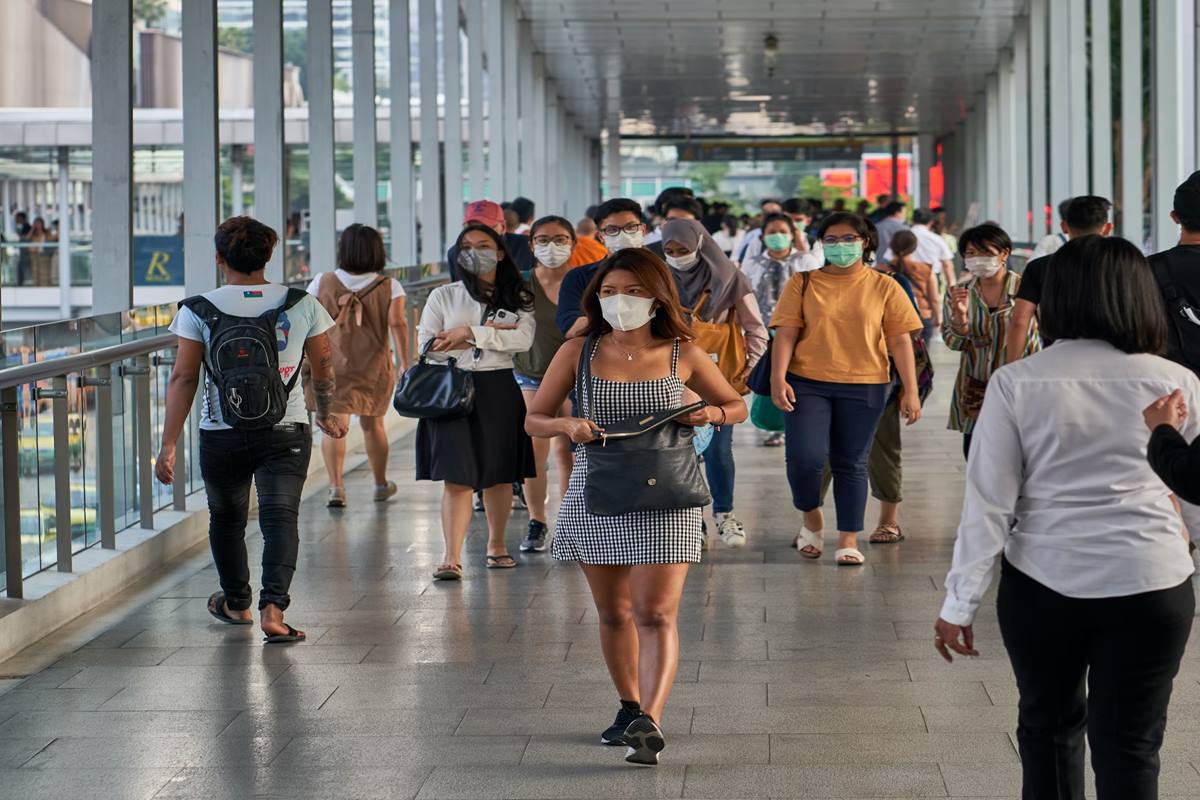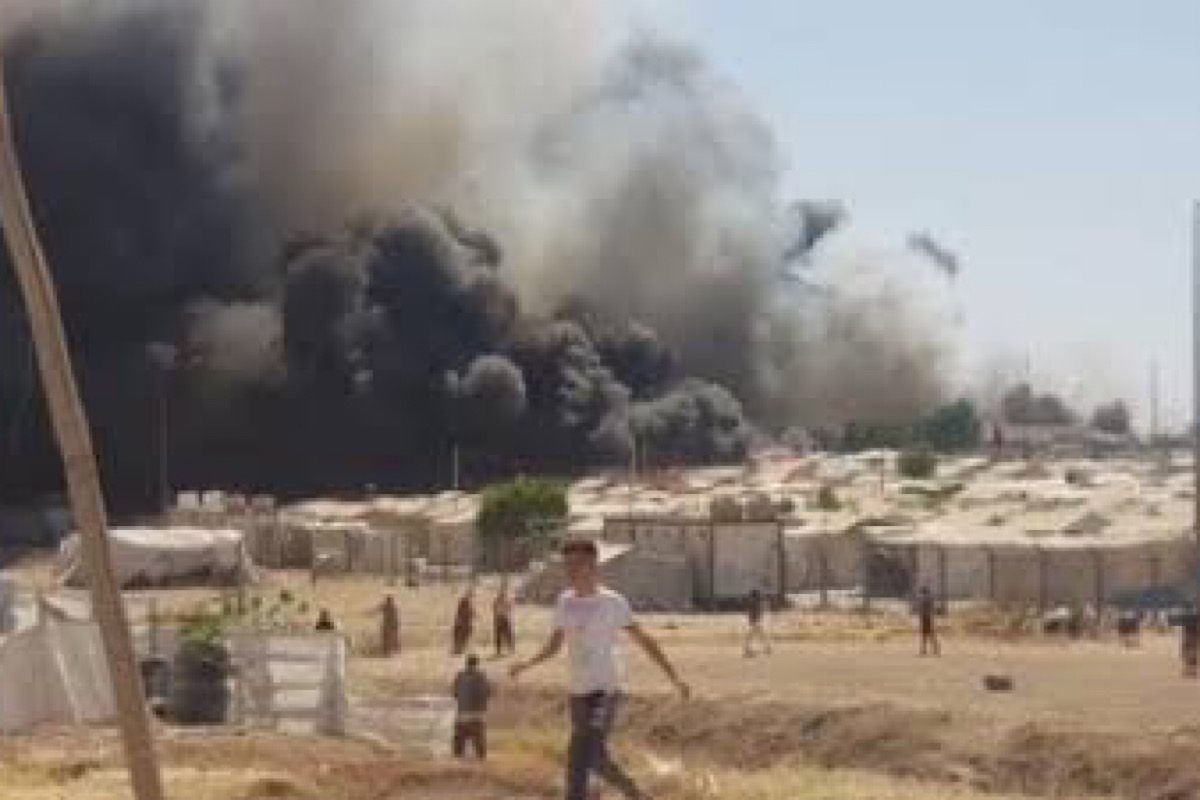LG writes to Kejriwal, says Delhi model shrouded in haze of smog
Saxena said over the last two years he flagged the issue of air pollution in the capital by writing to him and Chief Ministers of neighbouring states.

Saxena said over the last two years he flagged the issue of air pollution in the capital by writing to him and Chief Ministers of neighbouring states.

Discover practical tips to shield your lungs from air pollution's impact. From indoor habits to protective measures, safeguard your respiratory health effectively.

Despite prohibitory orders and awareness programmes on air pollution caused by burning of harvested paddy plants (stubble), a section of farmers are behaving in the most irresponsible manner.

Most of the deaths occurred between 1999 and 2007, when coal PM2.5 levels were highest, according to the study published in the journal Science.

Air pollution is currently the most important environmental health risk factor in Europe, the European Union (EU) environment agency has warned in a report published.
The Delhi Government has lifted the ban on construction and demolition activities in view of an improvement in the air quality, Environment Minister Gopal Rai said on November 22.
The move comes a day after environment minister Gopal Rai directed the fire brigade of the fire department to start sprinkling water at specified spots. A fire tender with a crew of four firefighters has been deployed at each spot to sprinkle water to curb the pollution, the fire officials said.
According to the Centre's affidavit, stubble burning is not a major factor leading to the severe air pollution levels in the capital, rather agricultural burning leads to merely 11 per cent contribution to PM 2.5 and PM 10 concentration.
The top court also asked the Centre and states to allow the people to work-from-home.
The top court emphasised that the air pollution issue should be looked into "beyond politics and governments".